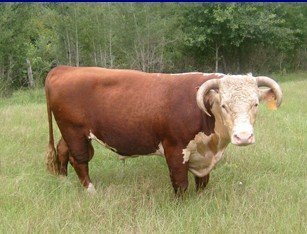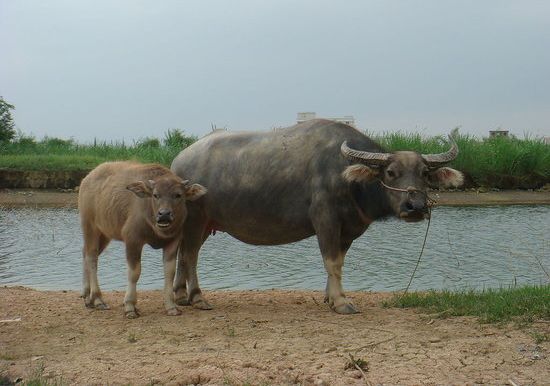

Transmissible spongiform encephalopathies (TSEs), also known as prion diseases, are a class of fatal neurodegenerative maladies that affect various mammals, including cattle, sheep, mink, cervids, and human. During the past two decades, the epidemics of bovine spongiform encephalopathy (BSE) and its human form termed variant Creutzfeldt-Jakob disease (vCJD) have drawn special interests to the study of prion borne diseases.
Present knowledge supports the notion that the host’s PrPC (encoded by prion protein gene, PRNP) plays a central role in prion diseases since its expression is absolutely required for disease progression. However, the exact physiological function of PrPC and how it associates with additional factors contributing towards the development of these diseases remain largely unknown. Recent studies have demonstrated that the shadow of prion protein gene (SPRN) encodes a GPI-linked glycoprotein Shadoo (Sho), which localizes to a similar membrane environment as PrPC and is reduced in the brains of rodents with terminal prion disease.
Based on the fact that up to date worldwide, although over 190,000 cattle have been infected by BSE, no case of BSE has been reported in buffalo. Dr. ZHANG Yaping (Kunming Institute of Zoology, the Chinese Academy of Sciences) and his group member Dr. ZHAO Hui (Yunnan University) hypothesized that SPRN expression differences may are species specific. After compared the polymorphisms of the SPRN gene, including the putative promoter, coding and 3’ regions, and further verified the entire ORF and putative promoter, 117 fixed differences have been revealed. Remarkably: 1) a 12-bp insertion/deletion polymorphism in the hydrophobic domain of the cattle but not buffalo gene, introducing a four amino acid expansion/contraction in a series of 5 tandem Ala/Gly-containing repeats; 2) two fixed missense mutations (102Ser→Gly and 119Thr→Ala), and three missense mutations (92Pro>Thr/Met, 122Thr>Ile and 139Arg>Trp) in the coding region presenting different (P<0.05) genotypic and allelic frequency distributions between cattle and buffalo; and, 3) functional luciferase-reporter experiments for the predicted promoter region, consistent with a significantly higher activity in buffalo than cattle.
Moreover, by supporting these findings, the immunoblotting also indicated the higher relative expression levels of Sho protein in cerebrum from buffalo than from cattle. Notably, these results complemented the assumption in regards to a highest relative expression of Sho in BSE-resistant bovids.
Although the exact role of Sho correlates to the development of prion disease remains unclear, this study support the point that Sho seems not to be a mere bystander during the development of prion-borne diseases. And these discoveries may prove advantageous for further understanding the biology of prion diseases.
The main findings of this research have been published in PLoS ONE: 2012, 7 (10) e46601. (http://www.plosone.org/article/info%3Adoi%2F10.1371%2Fjournal.pone.0046601)





